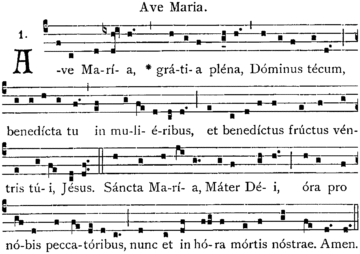Cynthia Haven at The Book Haven:
 The origins of Gregorian chant are enigmatic. It appears to have its roots in fourth-century Jerusalem. The link with Pope Gregory the Great (590-604) is the byproduct of early spin, based on what is probably an erroneous assumption that he composed and collected early chant.
The origins of Gregorian chant are enigmatic. It appears to have its roots in fourth-century Jerusalem. The link with Pope Gregory the Great (590-604) is the byproduct of early spin, based on what is probably an erroneous assumption that he composed and collected early chant.
The otherworldly effect of the music is hard to describe, but Mahrt, an associate professor of music at Stanford, recently gave it a try: “It is what we call monophonic – that is to say, it’s a melody that’s unaccompanied,” he said. “A free rhythm has an ability to evoke eternal things, more than passages tied down to regular time. It’s a sprung rhythm that has a freedom to it – like Hopkins’ poetry.”
Mahrt has conducted Gregorian chant for more than 40 years without a break. He is the director of Stanford’s Early Music Singers and of the St. Ann Choir, a Gregorian schola at St. Thomas Aquinas Church in Palo Alto. He instructs singers in the mysteries of “the chant,” as well as the glorious polyphonic music that came after it. In fact, it’s possible that there is more chant sung in Palo Alto than anywhere else in the country, with the possible exception of monastic communities. Mahrt has inspired and guided generations of scholars and singers.
more here.
Enjoying the content on 3QD? Help keep us going by donating now.
